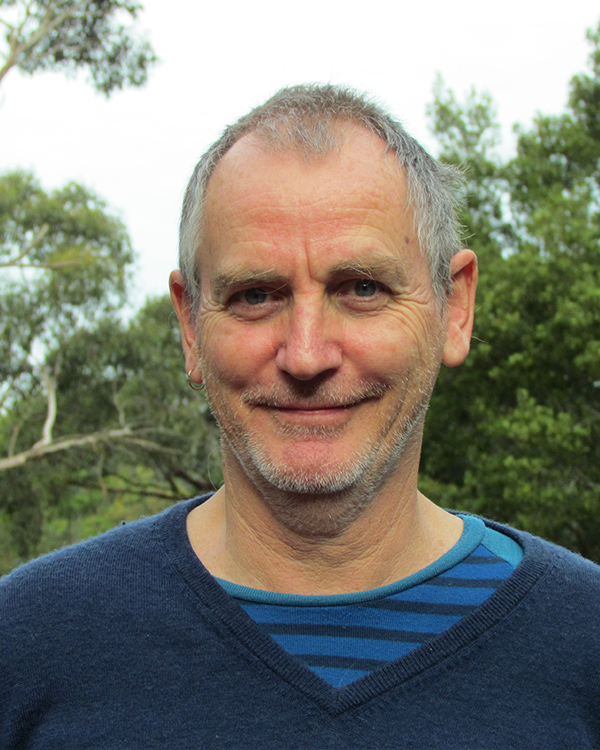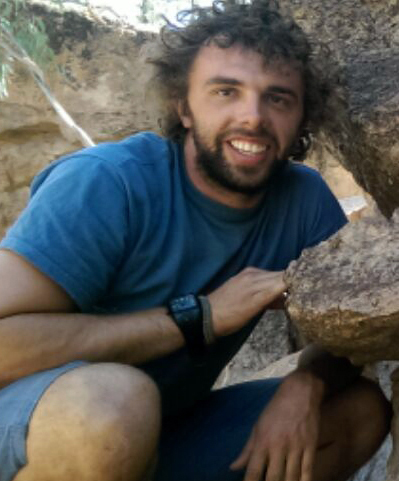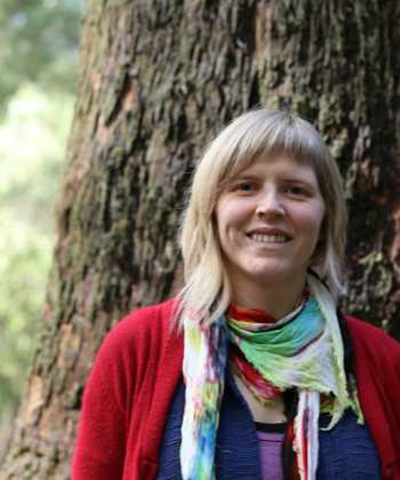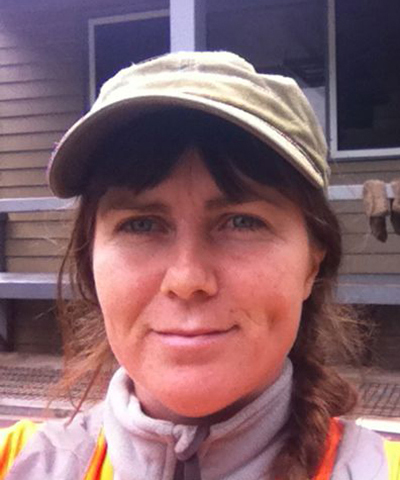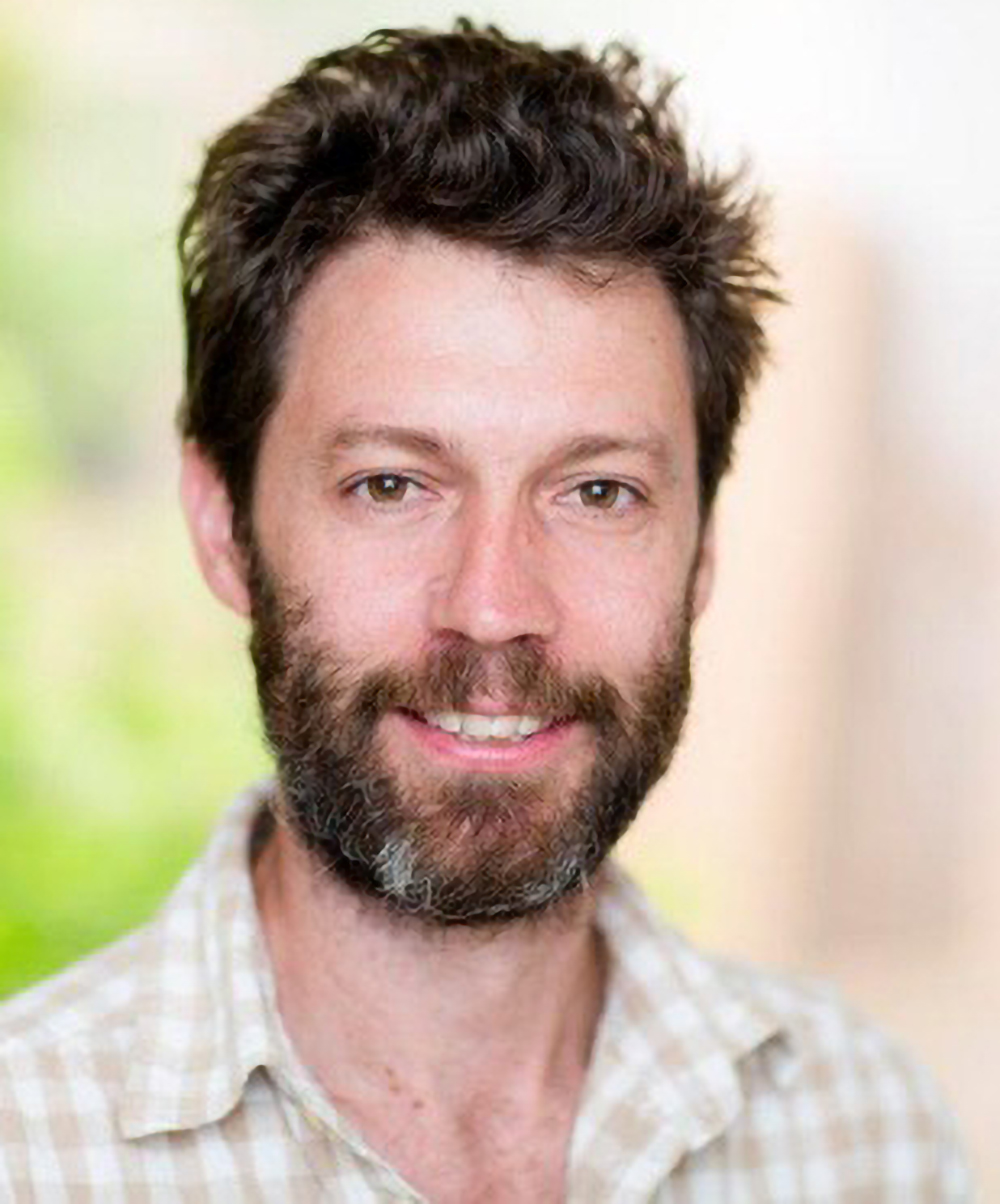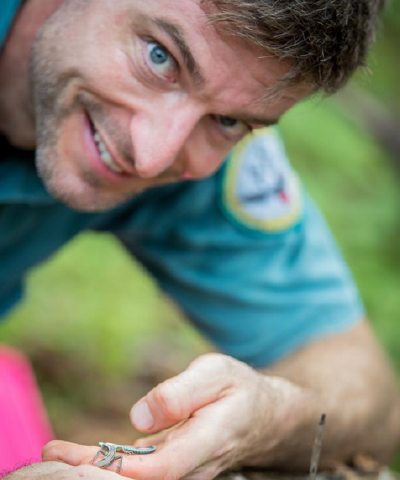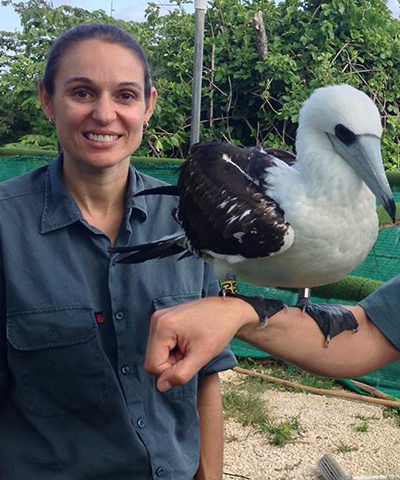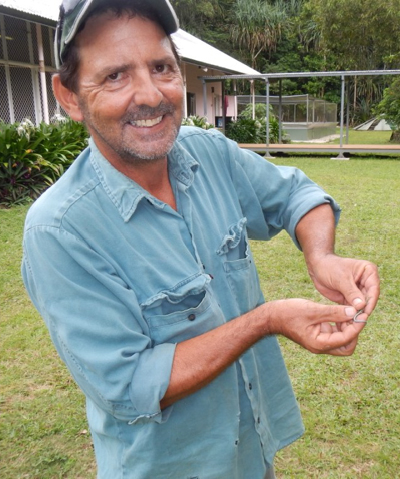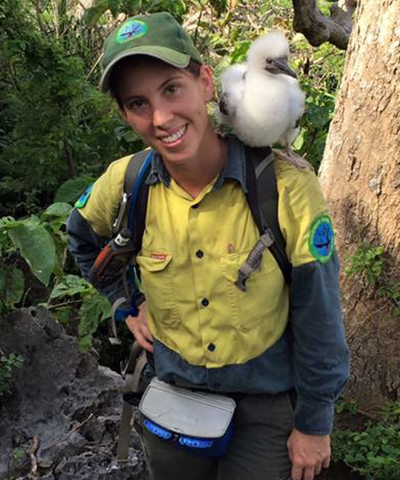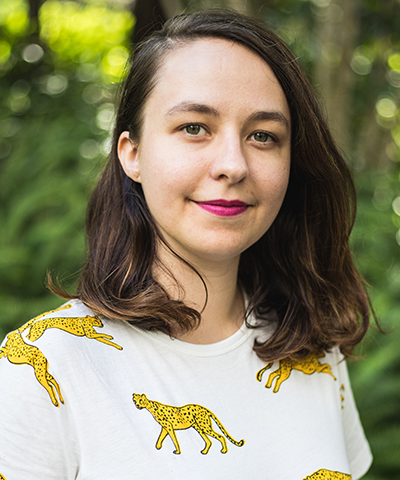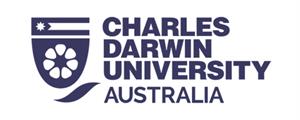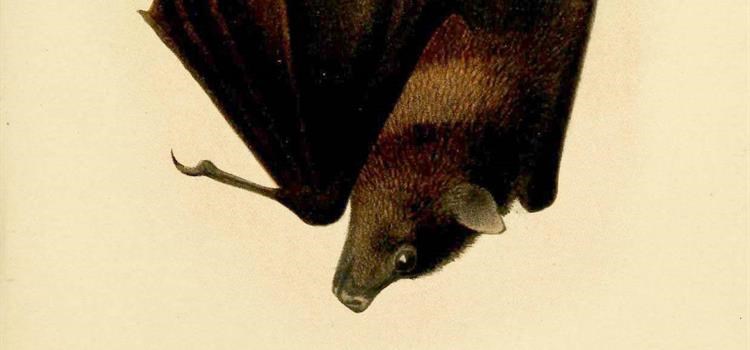
Project: 2.3
Enhancing threatened species outcomes for Christmas Island
Project Leaders: Eve McDonald-Madden , John Woinarski
The conservation problem
Islands are critically important for biodiversity conservation. Relative to their collective area, they support a far higher proportion of the world’s biodiversity than do continents. However, plant and animal species restricted to islands also have a disproportionately high rate of extinctions and population declines.
Oceanic islands (those that have never been connected to a continental landmass) are particular priorities for conservation attention, as they tend to have higher rates of both endemism and extinctions than do islands that have previously had a mainland connection. Australia has three oceanic islands with many endemic species: Lord Howe, Norfolk and Christmas. All have experienced high rates of extinction, with some species undergoing continuing decline.
Christmas Island is particularly notable because two of its endemic species became extinct in the past decade, and many other species are very close to extinction. This project will provide evidence to help conservation managers seeking to prevent extinctions and support the recovery of the island’s many threatened species.
How this research is addressing the problem
The project works closely with Parks Australia, the agency responsible for managing biodiversity on the island, especially in Christmas Island National Park which covers approximately 65% of the island. The project focuses on a number of research areas that each addresses a particular conservation management priority recognised by Parks Australia.
These subprojects focus on:
- spatial conservation planning for the island as a whole;
- developing conservation options for Australia’s two most imperilled lizard species (both now extinct in the wild);
- supporting decision-making for the island’s sole remaining endemic mammal (the Christmas Island flying-fox);
- and for the island’s endemic Christmas Island frigatebird; and
- assessing the risks and benefits of the Park’s ongoing program to eradicate feral cats.
The subprojects are designed to provide information to allow for the better management of key threats, to help identify priority areas and actions for conservation attention, and to develop conservation management priorities for some of the island’s most imperilled species.
What we aim to collectively achieve through this research
The ultimate aim of this project is to help Parks Australia recover Christmas Island’s declining threatened species, and to provide guidance to help Parks Australia ensure that management actions are prioritised and delivered in a manner that will be most effective at achieving conservation benefits.
This project involves the following subprojects:
Project 2.3.1: Island-wide spatial conservation planning for Christmas Island
Project 2.3.2: Options beyond captivity for two Critically Endangered Christmas Island reptiles
Project 2.3.3: Optimising the benefits of feral cat control on Christmas Island
Project 2.3.5: Combatting an emerging disease threatening Endangered Christmas Island reptiles
Project 2.3.6: Christmas Island frigatebird: Workshop focusing on research and management priorities
Image: The threatened Christmas Island Flying Fox via Biodiversity Heritage Library/Flickr (CC BY 2.0)
-
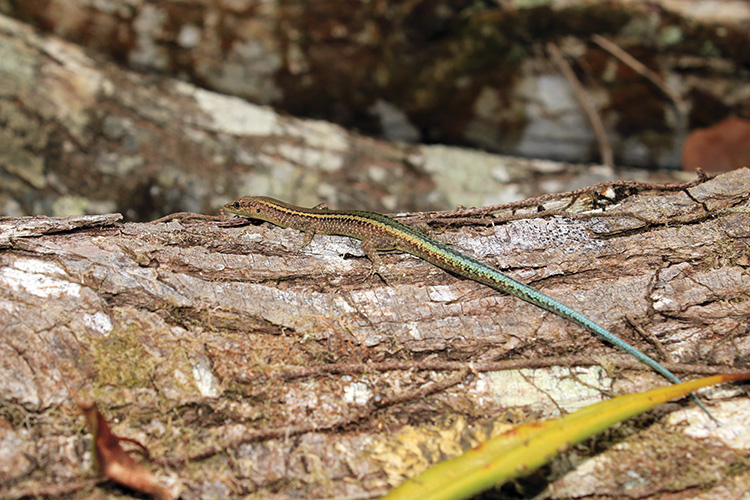
Beyond captivity for Christmas Island reptiles
Tuesday, 26 November 2019 -
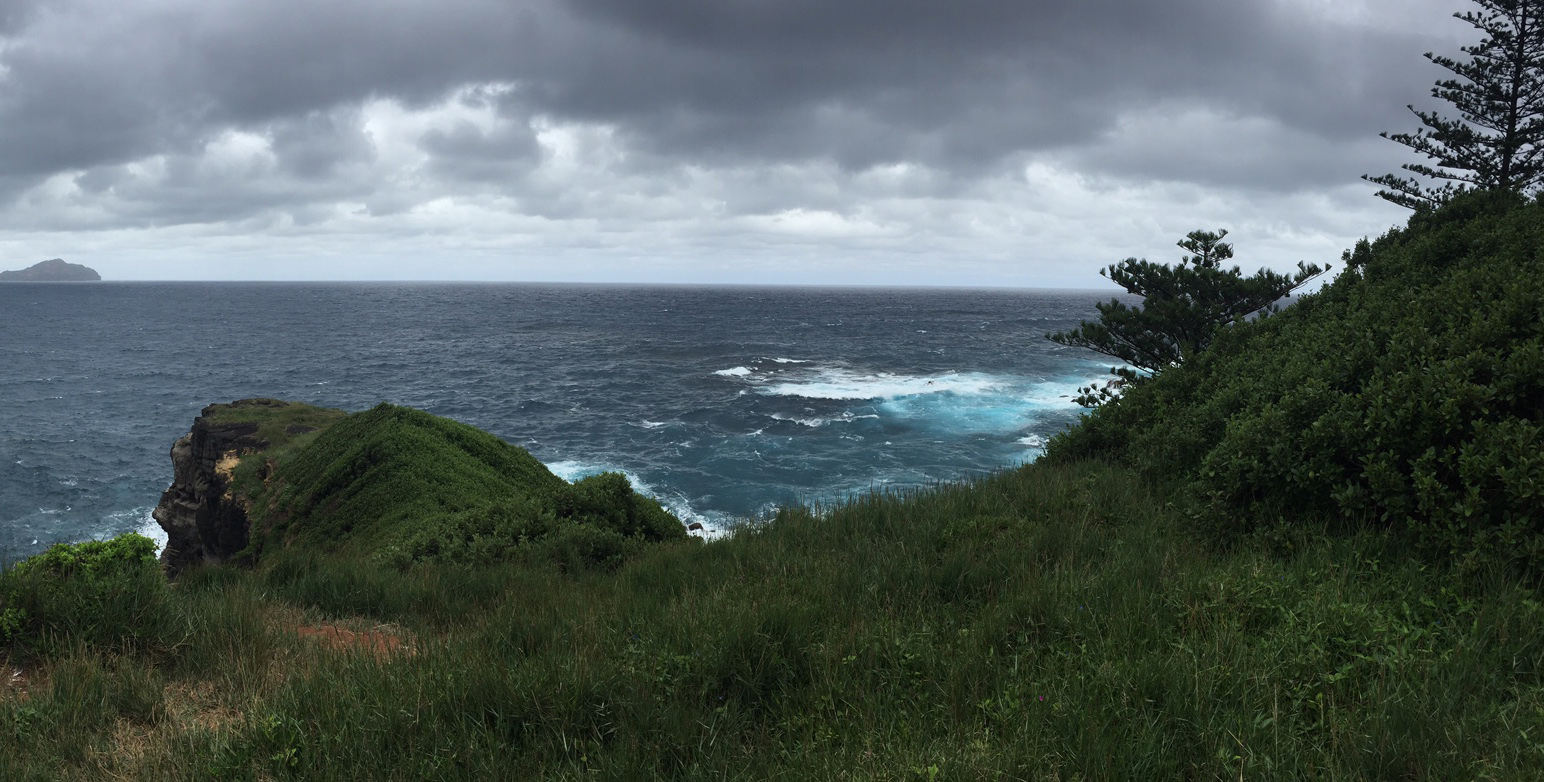
Success, failure and lessons learned on Australian islands
Wednesday, 04 May 2016 -
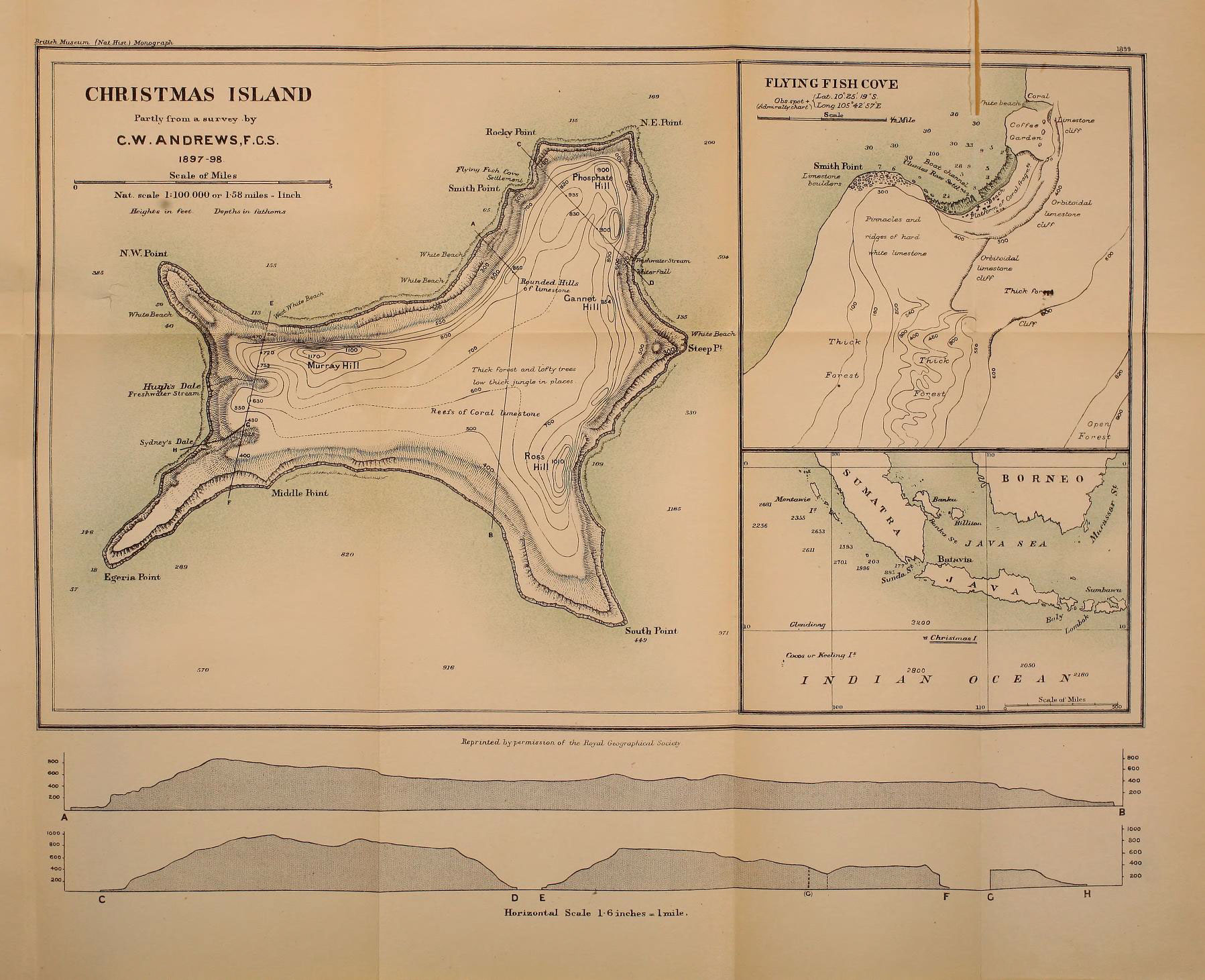
Christmas Island a high priority for the Hub
Sunday, 13 December 2015 -
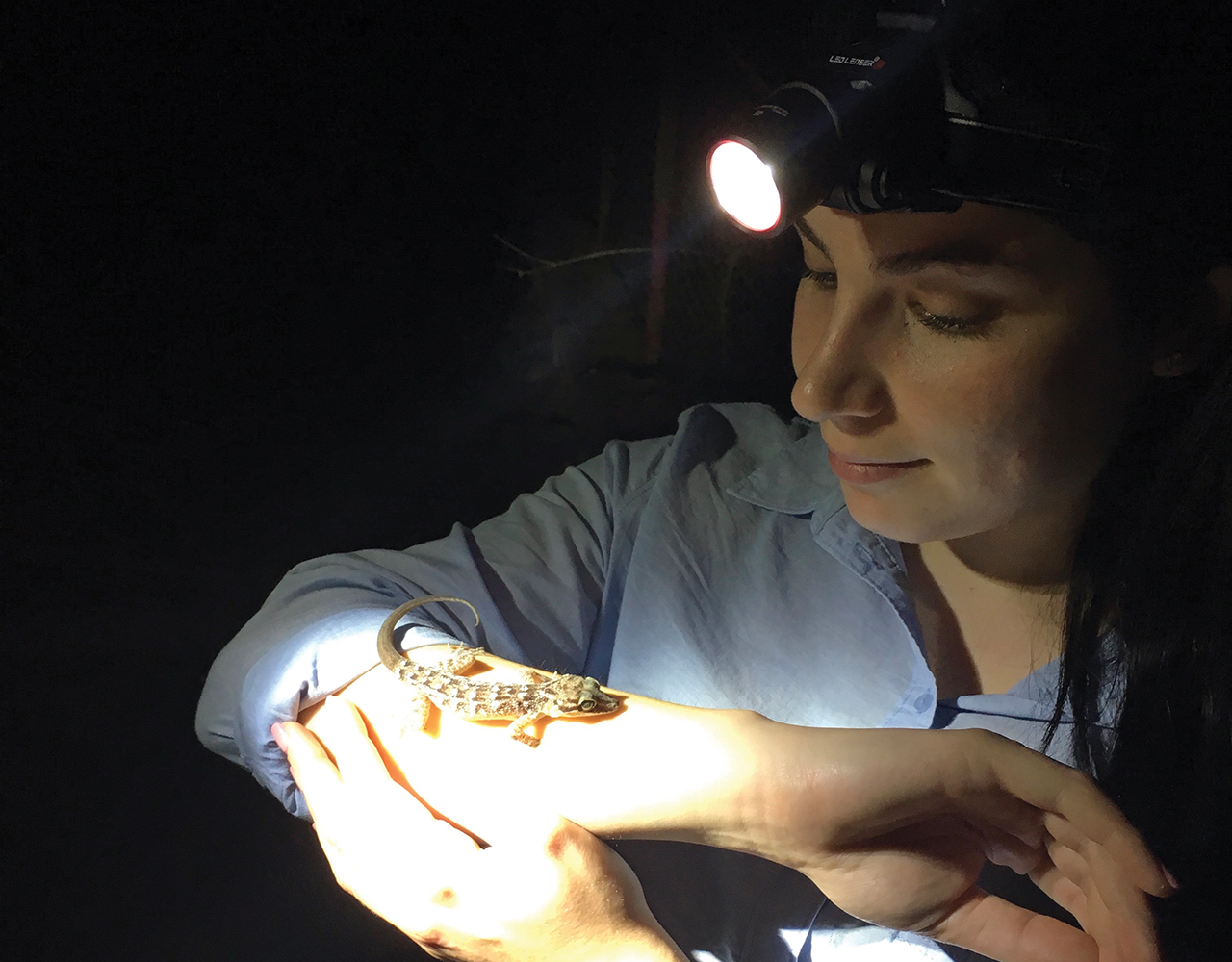
Protecting threatened Christmas Island reptiles from a new disease
Wednesday, 28 October 2020

